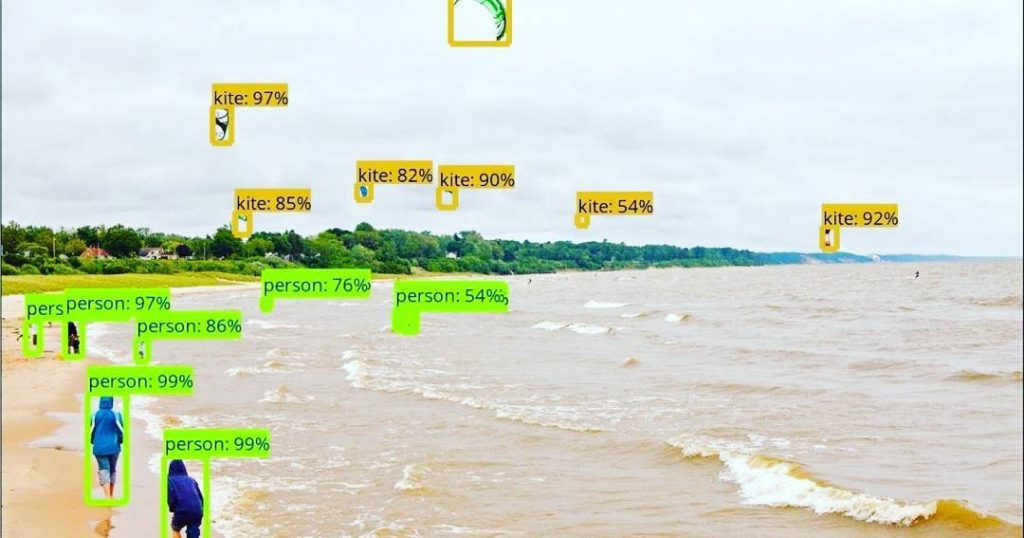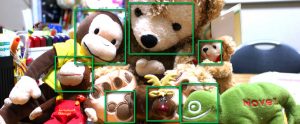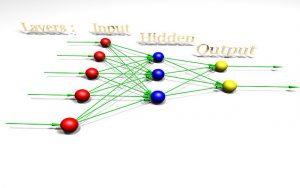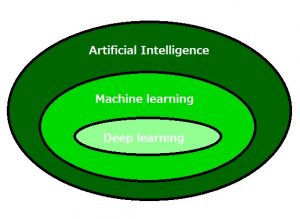These days, even a two-year-old knows how to use a computer! We are all very familiar with how computers fetch and display data, but can they also make decisions about data? This idea is explored by artificial intelligence (AI), which refers to computer systems that perform tasks that normally require human intelligence. Some examples include speech recognition and decision-making. In simpler terms, it is the ability of a computer to learn from input data to generate new output data, hence why it is also known as machine learning. While we may not always be aware, we are subjected to AI every day! Prior to reading this, you may have been watching a Netflix-suggested movie or have come across a new artist on Spotify that just so happens to be exactly your style. There are countless ways that AI is being used throughout different industries, and continues to be researched in order to reach its full potential.
An Introduction To Artificial Intelligence (AI)
Video produced by SO Group 1
Recent application of AI in research
Researchers Bo Chang and Qiong Zhang, PhD students from the Statistics department at the University of British Columbia, have used a form of AI called CycleGAN, to investigate the generation of Chinese handwritten characters. Their research, which was published this year, is fundamental to the preservation of Chinese culture and handwriting styles of famous calligraphers in China’s history, such as Wang Xizhi. Unlike letters in the English alphabet, Chinese is made up of logographic characters. These characters represent a word or a phrase, and there are over 80,000 of them in the Chinese language! This large number of characters has limited research in the past, but this obstacle was tackled in this study using the CycleGAN method.
Famous Chinese Calligraphy by Wang Xizhi
Image Source: flickr
Photographer: Margaret
Use of CycleGAN in Chinese handwritten characters generation
The goal of the procedure was having the machine learn the transformations that are required to go from an inputted pre-made font to an output of personalized handwritten font. In order to do this, evaluation metrics consisting of style discrepancy and content accuracy were established. The specific use of CycleGAN, contributes to achieving accurate output characters by using two machines instead of one. One guarantees that generated handwritten characters look like the real style that is desired, and the second, which is cyclic, guarantees that handwritten characters generated from pre-made font will reverse back to the original pre-made font.
Experimental results through this study demonstrated the efficacy of this method of Chinese character generation, showing it to be superior or on-par with other systems. For example, characters were less likely to have missing or additional strokes compared to other systems.
An interview with Bo Chang & Qiong Zhang on
“Generating Handwritten Chinese Characters using CycleGAN”
Audio produced by SO Group 1 with special thanks to Bo Chang & Qiong Zhang
Overall, this method proves to be preferred due to generation of more accurate and desirable results. While this research isn’t being further pursued, many around the world have already shown interest in using and modifying the code! This method may also prove to be useful in generation of characters in other languages.
Group 1: Shadi Elmi, Allison Chiang, Wenyu Zhao & Hao Huang







